#kona coast
Text
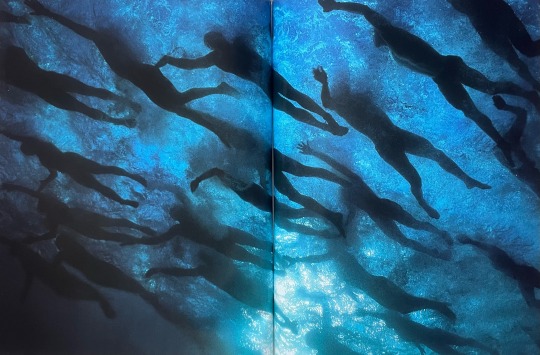
A constellation of swimmers passes overhead off Hawaii's Kona coast during the 1999 Ironman Triathlon. Contestants swim 2.4 miles, bike 112 miles, then run 26.2 miles. Winning time: 8 hours, 17 minutes, 17 seconds- down more than 3 hours since 1978. National Geographic (2000)
#my scans#water#watercore#swim#swimming#swimmers#hawaii#kona#aesthetic#water aesthetic#blue#bluecore#national geographic#nat geo#science#swimmer#triathlon#kona coast#ocean#sea#oceancore
5K notes
·
View notes
Photo
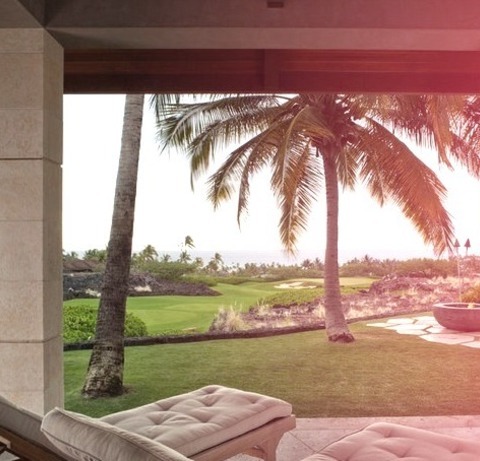
San Francisco Tile
Patio - huge backyard tile patio idea with a fire pit and a roof extension
0 notes
Photo
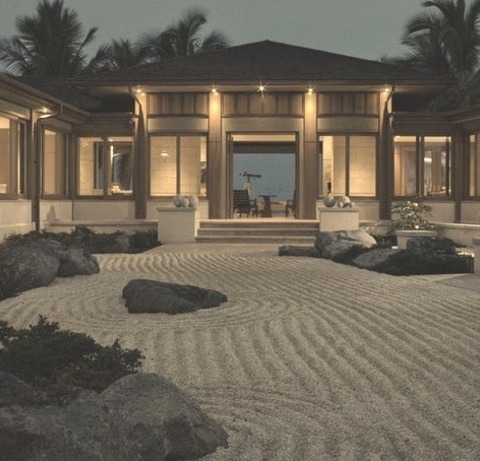
Wood in San Francisco
Example of a huge zen brown one-story wood exterior home design with a hip roof
0 notes
Video
sea hawk by BarryFackler
Via Flickr:
Hawksbill Turtle
#turtle#reptile#sea turtle#hawksbill turtle#animal#life#Kona diving#Kona#Kona Coast#Hawai'i Island#Hawai'i diving#Hawai'i#Hawaiian Islands#Kailua-Kona#North Kona#fauna#diving#dive#sea creature#sea#Sea Life camera#SCUBA diving#sea life#Sandwich Islands#saltwater#aquatic#zoology#coral reef#creature#coral
0 notes
Text

Sea turtle and coral in Ke'ei on the Kona Coast, Hawaii
238 notes
·
View notes
Photo

A red reef lobster (Enoplometopus occidentalis) off the coast of Kona, Hawaii, USA
by Pierrette Wagner
#red reef lobster#reef lobsters#lobsters#crustaceans#Enoplometopus occidentalis#Enoplometopus#decapoda#Malacostraca#crustacea#arthropoda#wildlife: hawaii#wildlife: usa
436 notes
·
View notes
Text

A constellation of swimmers passes overhead off Hawaii's Kona coast during the 1999 Ironman Triathlon. Contestants swim 2.4 miles, bike 112 miles, then run 26.2 miles. Winning time: 8 hours, 17 minutes, 17 seconds- down more than 3 hours since 1978. National Geographic (2000)
50 notes
·
View notes
Photo
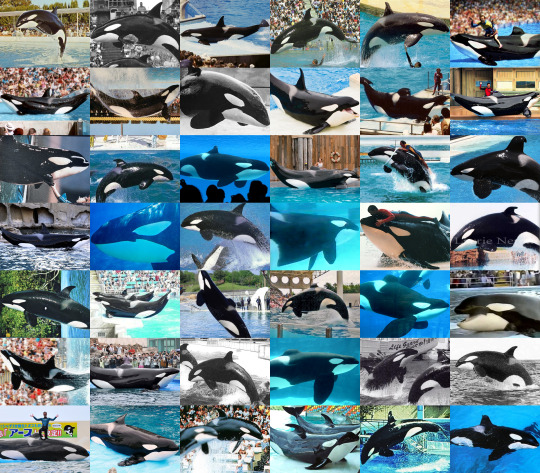

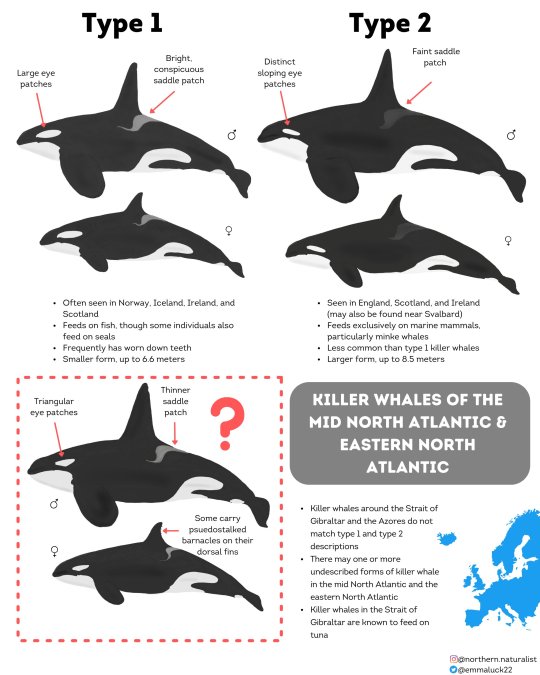
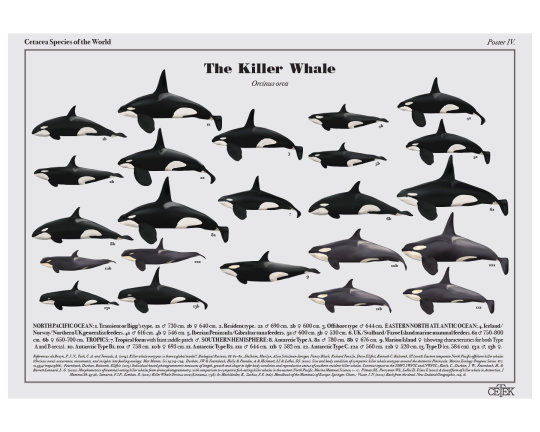

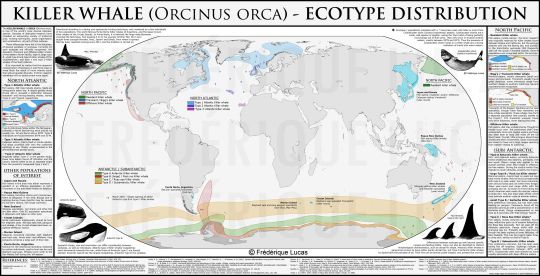
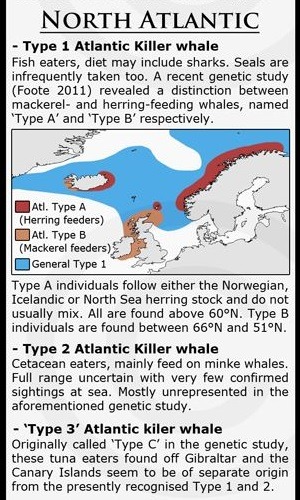
Icelandic whales and ecotype
I’ve seen some claims going around that the Icelandic whales displayed in zoos and aquariums for the past several decades are actually two different ecotypes, with some being “North Atlantic type 1″ and a few others being “North Atlantic type 2″.
I think this is completely wrong, and will show you why.
Above are an assortment of ecotype infographics.
As you can see, “type 1″ are the typical whale you’ll find off Iceland and Norway. They eat mainly herring and other small fish (though some individuals have been observed taking seals), and males typically range from 6.2-6.6 meters, females, around 5.5 meters.
They have clear saddlepatches, and tend to have eyepatches like this:

As the closeup of the map image (last image in the collection above) shows, “type 1″ orcas are also in turn split into type A and B. Type “1A��, if you will, follow exactly the range of where Icelandic whales were caught, and along the Norwegian coast (this eyepatch collage is of both Icelandic and Norwegian whales).
As all the other ecotype infographics show, “type 1″ live off Iceland, Norway, with a couple pointing out that they may range as far south as Scotland and Ireland.
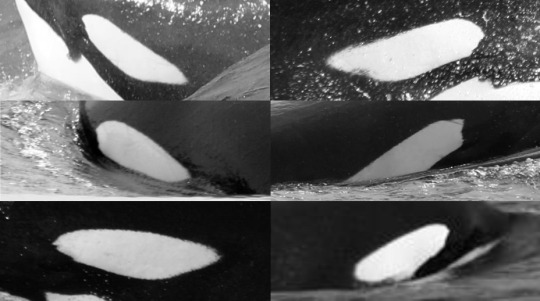
“Type 2″ on the other hand, is huge, one of the largest killer whales anywhere on Earth (after Antarctic type A). Males are 7.5-8.5 meters long, females 6.5-7 meters. They have distinctive downwards sloping eyepatches (like sad eyebrows, seen above), faint saddlepatches, are are very rarely seen, range around Britain, Ireland, the Faroes, and occasionally as far as Svalbard - not Iceland or Norway. They are mammal-eaters, specializing in minke whales as prey. Today, only a few of them remain.
The claim is then, that some of our Icelanders in human care are secretly, actually, type 2.
Let’s look at them. I have gathered all the whales caught in Iceland into a large collage, here split for ease of viewing. The only named whales I couldn’t get good enough images of were Canuck 2, Magnus and Benkei 2.
If the whale is still alive or died as an adult, I will provide measurements, if known.
I originally wrote descriptions for all the following whales, but it got tiring, repetitive, and too lengthy.

Kim, Gudrun, Kenau, Kandu 5, Hoi Wai, Kona 2, Winnie, Betty, Kahana, and Kasatka.
All of very typical “type 1″ looks.
Kim
Gudrun has no measurements available, but as can be seen when she lived at SeaWorld as a full-grown female, she was not large.
Kenau was caught with Gudrun. She was 5.5 meters long when she died at age 16.
Kandu 5. Interestingly, Orkid is the only whale in human care who has anything like the type 2 eyepatch, but she’s the daughter of Kandu who does not, and a Northern resident (Canadian) father who also did not. Kandu measured under 5.4 meters when she died.
Hoi Wai
Kona 2 was likely caught with Kandu 5, had enormous, distinct eyepatches, and she was 5.5 meters long at the time of death.
Winnie was caught with Hoi Wai as said, had a typical Icelandic eyepatch, and the same size and shape as other Icelandic females she lived with.
Betty was caught along with Katina, so they were likely pod mates.
Kahana was caught with Kasatka. She was particularly petite, measuring barely 5.1 meters when she died aged 15.
Kasatka was a mere 5.2 meters long, and looks nothing like a type 2 whale.

Shawn
Kotar was 17-18 years old when he died, and measured 6.4 meters at the time of his death.
Katina is a typical, squat and stocky Icelandic whale with large eyepatches. She is just barely 5.5 meters long.
Dzul-ha
Caren was just 10-11 years old when she died, and measured 5 meters long.
Kiska was a larger female at 6 meters. Large for a type 1, but nowhere near the 6.5-7 meter type 2 females.
Keiko was an average-sized type 1 male at about 6.4 meters.
King
Ulises is another average-sized type 1 male, at 6.4 meters.
Bjossa is another I can find no measurements of, but she was much smaller than Corky, who is 6.1 meters (a Northern resident). She looks typical of an Icelandic whale if a bit long. Looking at the top middle whale of my eyepatch collage, that whale looks just like Bjossa.

Finna was caught along with Ulises, Bjossa and Vigga, his pod mates.
Vigga was another stocky and short female with large eyepatches, notably smaller than her 6 meter Northern resident companion.
Nemo
Neptune
Ruka
Noni/Nootka was stocky and large female, at 6 meters, but with a bright saddle and eyepatches so commonly seen among Icelandic and Norwegian herring-eaters.
Freya was the only adult I could find who had a truly faint saddle patch (note that juveniles of all ecotypes tend to have faint saddles). She was also very long and slender compared to the typical, more stocky Icelandic female. She was however caught along with Kim 2 and Haida 2, and measured 6 meters in her late 20s. Her eyepatch is not type 2.
Haida 2 was, unlike her likely pod mate Freya, very typical in appearance for a type 1. She measured 5.2 meters at the age of 13.
Kim 2 was reportedly a large male, at 6.9 meters, just under Tilikum in size.
Nootka 4 (strange designation since she was caught one year after “Nootka 5″) was the same size as Haida.

Tilikum was the largest Icelandic killer whale in human care, reportedly at just under 7 meters, though I have also seen 6.7 meters (in 2016, shortly before his death). Even if he was 6.9 meters, that is indeed large for a type 1, but absolutely minute for a type 2, and he looks nothing like them.
Nandu
Samoa was 5.15 meters long when she died, with a clear type 1 eyepatch and saddle patch.
Junior
Bingo had interesting triangular eyepatches and a black line in his saddle, and measured 6.5 meters in his early 30s.
Patty
Kandu 7
Prince
Maggie
Oscar was an unusually small male, measuring only 5.8 meters at the age of 26.

Stella is very small, only around 5.2 meters long.
Ai
Ran
Sharkane
Tanouk measured 6.4 meters in his teens (meaning he would grow larger for a few years).
So that’s all of them, except for Canuck 2, Magnus, and Benkei 2.
Then, there is this:
You can stop calling North Atlantic killer whales type 1 and type 2
“The main issue with type 2 killer whales came from the small sample size (5 individuals)”
“In the meantime, Dr. Foote suggested we just drop the “type 1/type 2” classification for now.”
There is simply no basis to think any of the above 45 whales from Iceland are or were the “type 2″ whales, like John Coe.
53 notes
·
View notes
Text
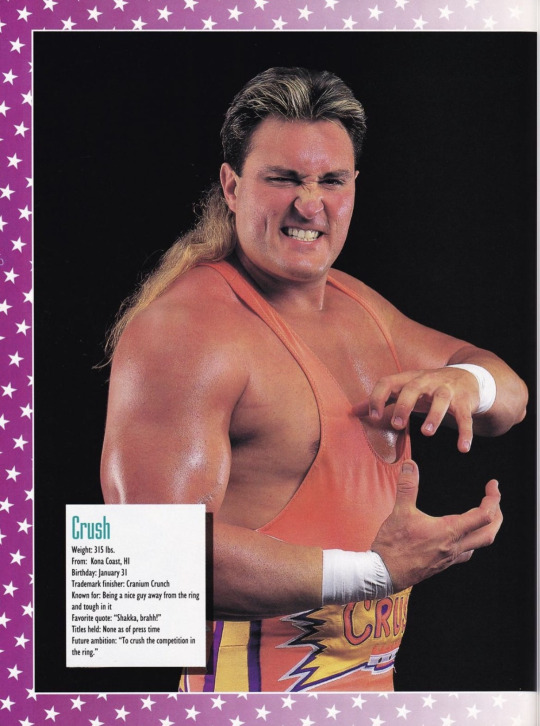
Crush
Transcript under readmore to save space
Weight: 315 lbs
From: Kona Coast, HI
Birthday: January 31
Trademark finisher: Cranium Crunch
Known for: Being a nice guy away from the ring and tough in it 
Favorite quote: “Shakka, brahh!”
Titles held: None as of press time
Future ambition: “To crush the competition in the ring.”
#crush#Kona crush#wwf#world wrestling federation#there’s a second half to this I need to transcribe in full and I have a few other wrestler profiles to do#and article s to work on. just stuff to do and I’m working on small things#I also have a Razor one. I really want to get too soon.#your honor hes my guy
7 notes
·
View notes
Video
pipefish1Aug13-22 by divindk
Via Flickr:
We jumped on a plane and headed over to the Kona coast of the big island for a week of diving. Had some beautiful results in the first couple of days! Check out this male pipefish holding it's egg clutch along its belly!
#Dunckerocampus baldwini#Hawaii#Hawaiian Islands#Kona#Scientific Name#South Pacific Ocean#Underwater#color#diver doug#egg mass#eggs#marine#ocean#pipe fish#red stripe pipefish#red striped pipefish#reef#sea#underwater photography#flickr#nature
22 notes
·
View notes
Note
What if the MSB kids went to Hawaii?
They actually did go in the "Voyage to the Volcano" chapter book! (Although that was more of a geology field trip.)
If they were to go a second time, though:
Phoebe and Carlos would do some serious birdwatching. And gecko-watching. In typical Phoebe and Carlos fashion, they nickname all the geckos that live at the vacation house.
Lots of time on the beach. Wanda enjoys snorkeling in the reefs, and Tim does lots of paintings. Arnold and Carlos collect lots of cool rocks and shells.
Going to all the shops and buying all the local foods/desserts/crafts/knick-knacks. Keesha and Ralphie are the most excited about all the exotic fruits.
Visiting the national parks and the volcanoes (again)
D.A. is super excited to be visiting Hawaii, both for the biological diversity and the cool volcanic features. Not to mention, it's a great place for stargazing.
I've only been to the Big Island, so that's where the kids are going. They spend part of their trip on the drier Kona coast (which is where Wanda and the others go snorkeling), and the other part on the Hilo side of the island (where they explore the rain forests).
Who knows... maybe the Wild Kratts team is also on the Big Island. I think they'd have a lot of fun there.
5 notes
·
View notes
Text

Off the Kona coast 🦈🌊🐚
#scubadiving#scubagirl#shark#sharks#sharkweek#national geographic#kona#hawaii#travel#adventure time#adventure#freediving
2 notes
·
View notes
Text






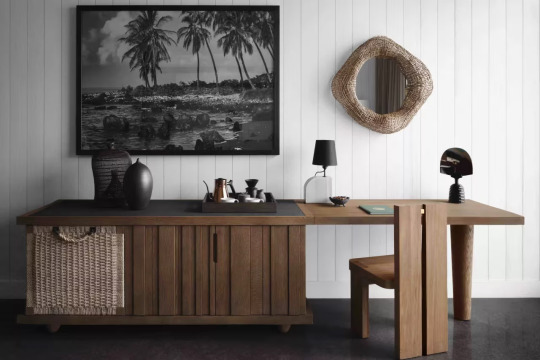

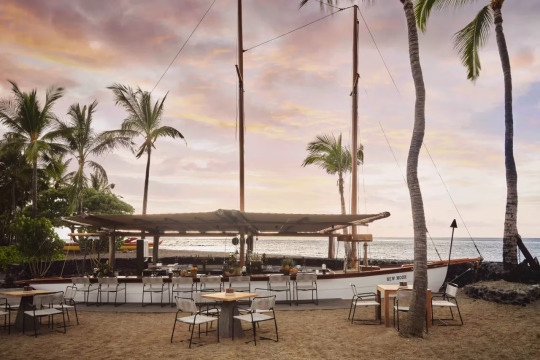


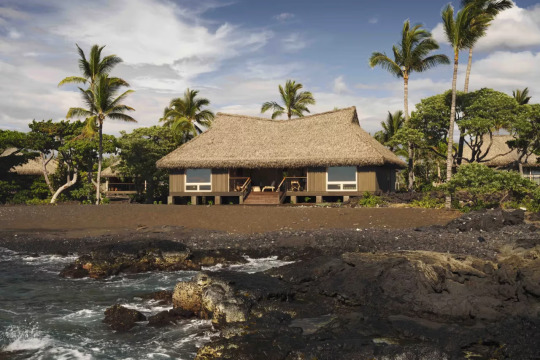
Kona Village Resort has been known for its connection to Hawaiian culture ever since it first opened in 1965. Tucked away on Kahuwai Bay along the Kohala Coast, it quickly became one of the island’s most notable hotels due to its remote location and pristine scenery — but what truly set it apart was how it was fully embraced and conveyed the unique spirit of Hawaii and its people. When a tsunami hit the Big Island in 2012, however, the hotel’s signature hales (thatched huts) were left in ruins. Now, With the help of Rosewood Hotels & Resorts, Greg Warner of Walker Warner Architects and design firm NICOLEHOLLIS, the beloved resort opened its doors once again earlier this week.
The revival of Kona Village comes nearly a decade after its destruction – and seven years after the development process began – but the storied hotel remains adamantly connected to its roots. Kennedy Wilson, a real estate firm that prioritizes sustainability, joined the collaborative effort, and ensured the extensive project was as least intrusive as possible to the local land. Warner also enlisted Re-Use Hawaii to assure any unused materials from the demolition were repurposed back to the Big Island.
“It was incredibly important to all partners that the mana – or special energy – of the site was honored and protected,’ says Joanne Behrens, Rosewood’s VP of design and project services for the Americas. The relaxed Pacific Ocean feel of the idyllic hotel is stemmed “barefoot luxury” by Walker Warner: a casual aesthetic approach that embraces simplicity. Kona Village amalgamates the design work of 60 Hawaiian artists and designers as well, connecting it to the island’s history and heritage.
Five restaurants sit at the resort’s center alongside the Asaya Spa, giving guests a central place to convene and reimagining the communal feel that drew guests in since the resort’s initial opening. Check out more photos in the gallery above.
4 notes
·
View notes
Text
A reciprocal relationship with the land in Hawaiʻi
Through community-based research with organizations that work to “hoʻomomona hou i ka ʻāina,” or “restore that which feeds back to abundance,” PhD student Aja Grande has embarked on a healing journey of her own.
Laura Rosado | MIT News correspondent
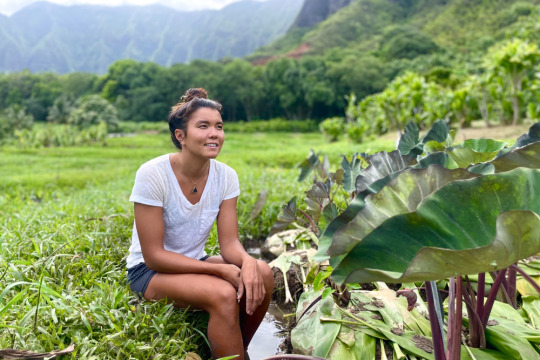
Aja Grande grew up on the Hawaiian island of Oʻahu, between the Kona and ʻEwa districts, nurtured by her community and the natural environment. Her family has lived in Hawaiʻi for generations; while she is not “Kanaka ʻŌiwi,” of native Hawaiian descent, she is proud to trace her family’s history to the time of the Hawaiian Kingdom in the 19th century. Grande is now a PhD candidate in MIT’s HASTS (History, Anthropology, Science, Technology and Society) program, and part of her dissertation tracks how Hawaiian culture and people’s relationship with the land has evolved throughout time.
“The fondest memories I have are camping on the north shore every summer with my friends,” says Grande. “I loved being in ‘ke kai’ (the sea) and ‘ma uka,’ (inland, in the mountains) with my friends when I was younger. It was just pure fun exploring ‘ʻāina’ like that.” “‘Āina” in the Hawaiian language is often defined as “land,” but is understood to the people of Hawaiʻi as “that which feeds.”
“Now that I’m older,” Grande adds, “I’m connecting the dots and realizing how much knowledge about the complex systems of ‘ahupuaʻa’ [traditional Hawaiian divisions of land that extend from the mountains to the sea], I actually gained through these experiences.”
Grande recently completed a year of fieldwork in Hawaiʻi where she volunteered with land-based, or ‘āina-basedorganizations. In the movement to restore ‘āinato “momona,” or “fertile and abundant lands,” the land and the people who serve as its stewards are of equal importance.
“I’m looking at how people who are not Kanaka ‘Ōiwi, or native Hawaiian, by descent can participate in this kind of restoration, and what it means for both Kanaka ‘Ōiwi and non-Kanaka ‘Ōiwi to participate in it,” says Grande, who herself descends from immigrants of other island nations. “Some of my ancestors were born and raised in Hawaiʻi before the U.S. subjected Hawaiʻi as a state and territory, meaning that some of them were Hawaiian Kingdom subjects. While, I am not Kanaka ʻŌiwi by lineage, some of my ‘ohana nui (extended family), from these same ancestors, are Kanaka ʻŌiwi. I’m writing about how being Hawaiian, from a Hawaiian sovereignty standpoint, is not just about race and ethnicity. When Hawaiʻi was a sovereign nation, Hawaiian citizenship was never afforded on the basis of race alone. It was also based on your lifelong commitment to ‘āina and the people of Hawaiʻi.”
The project is personal to Grande, who describes both the content and the process of writing it as part of her healing journey. She hopes to lay the groundwork for others who are “hoaʻāina,” or “those who actively care for ʻāina,” in Hawaiʻi, but not Kanaka ʻŌiwi to better articulate their identities and foster a deeper connection with the ʻāina and the “kaiāulu,” or “community,” they love and actively care for.
Returning home
Grande has spent her academic career on the East Coast, first at Brown University, where she received a degree in science, technology, and society, and now at MIT in the HASTS program. She swam competitively through her second year of college, and had earlier represented Hawaiʻi at the 2012 Oceania Games in New Caledonia. Once she stopped swimming, Grande first used her newfound time to travel the world. Tired of this transient lifestyle, she realized she was more interested in exploring her connection to land in a more rooted way.
“Moving around, especially as a college student, it’s very hard to grow things,” says Grande. “People are a lot like plants. You really just need to let plants do their thing in place. We do really well and we thrive when we can be connected to place.”
Grande started by founding the Ethnobotany Society at Brown to explore the relationship people have to plants. With the group she organized nature walks, collaborated with local farms, and connected it to the history she was learning in class.
Still, the East Coast never quite felt like home to Grande. When she started planning for the fieldwork portion of her program, she envisioned spending half the year in New England and half in Hawaiʻi. But she soon realized how important it was for both her research and herself to dedicate everything to Hawai’i.
“When I came back, it just felt so right to be back home,” says Grande. “The feeling in your naʻau — your ‘gut’ — of knowing that you have to contribute to Hawaiʻi is very powerful, and I think a lot of people here understand what that means. It’s kind of like a calling.”
Keep reading.
Make sure to follow us on Tumblr!
2 notes
·
View notes
Text

Sea turtle and coral in Ke'ei on the Kona Coast, Hawaii
167 notes
·
View notes
Text

"Mo Soul" Player Playlist 13 September
Zbigniew Wodecki - Panny Mego Dziadka
Alberto Baldan Bembo - Go Gonzalez
Boz Scaggs - Jojo
Florelie Escano - The Liberating Kind
The Strides - Umbi Gumbi
V.I.P. Connection - West Coast Drive
Banda Uniao Black - Africa Hot Band
Arthur Verocai - Na Boca Do Sol
Danny Hibrid & James Brown - I Feel Alright (Instrumental)
O'Donel Levy - Granny
Supersax - Bambu
Ray Barrett - The Soul Drummers
Marvin Franklin With Kimo & The Guys - Kona Winds
James Taylor Quartet - People Get Ready (We're Moving On)
Latimore - It Ain't Where You Been
If you really want to enjoy music and help musicians and bands, buy their lp’s or cd’s and don’t download mp3 formats. There is nothing like good quality sound!!!
(Angel Lo Verde / Mo Soul)
#mo soul#playlist#music#soul#blues#funk#jazz#lounge#reggae#rock#fusion#house#r&b#afro funk#disco funk#acid jazz#nu jazz
4 notes
·
View notes